E.E. Cummings once wrote,
“since feeling is first
who pays any attention
to the syntax of things
will never wholly kiss you.”
Years ago, when I first read this poem, I was struck by the metaphor of emotion over reason, substance over form, and feeling over the prescribed “syntax” of how a poem should be written. Years later, reading Jonaki Ray’s Firefly Memories, I was reminded that breaking away from traditional syntax is still a form of syntax—one that shapes our experience, sometimes unconsciously, line by line, break by break.
“The thing I remember most is
your toothless gums drooling over my arms.
The air smelled of Johnson’s Baby Oil, unripe mangoes
and Lakme powder—baby pink shade, as askew on my
hazelnut face as my already unravelling pigtails.”
Each of the 54 poems in Firefly Memories reads like a painting, capturing emotions, moods, and fleeting moments with vivid imagery, rhythm, and metaphor. Many of the metaphors draw on scientific concepts—photosynthesis, canopy shyness, time as both a wave and a line, and even references to Newton and Schrödinger. These nods to her education as a scientist add another layer of depth, and as a fellow has-been scientist, I’m just glad I understood the references!
Like painting, poetry invites interpretation and resonance, while prose is more like a photograph—direct, detailed, and structured. Prose conveys information; poetry transforms it, urging readers to feel, experience, and imagine. Reflecting on this, I realize how much more poetry engages my mind, filling in the gaps and creating meaning beyond the surface. This is my roundabout way of convincing myself to read more poems—so let’s return to Firefly Memories.
A Poetic Reflection of Memory and Identity
“Perhaps that is why he dreamed
of fireflies lighting the night
and named me one.”
The title Firefly Memories is a fitting reflection of the collection’s themes. “Jonaki” means “firefly” in Bengali. Literally, the title translates to “Jonaki’s memories,” but on a deeper level, the poems themselves are like fireflies—brief, luminous, and profoundly impactful. The collection, divided into four sections, offers an exploration of personal and collective memory. It touches on themes of identity, nostalgia, and the immigrant experience, inviting readers into a journey that is as much about the poet’s personal reflections as it is about universal human emotions.
Section I: The Immigrant’s Longing
“You wait for the spices to mix and the chicken to infuse the rice.
You hope to mix with the people here.
You source friends amongst the locals unsuccessfully.
You integrate with the Desis instead.
Visit temples that you ignored back home,
start wearing saris,
cheer for the cricket teams
that you ignored earlier,
celebrate all festivals,
and pity the people back home.
It makes you feel better when you unseal
The biryani and eat that first bite.
But…
Something is always missing.”
The first section of Firefly Memories speaks directly to the immigrant experience, capturing the dislocation and longing that come with leaving one’s homeland for a new life. Through vivid metaphors, Ray distills the complexities of immigration into simple, poignant moments. These poems speak to the ache of separation, the comfort of tradition, and the deep yearning to reconcile one’s past with one’s present. The section reads like a narrative thread, with each poem contributing to an unfolding story of displacement and adjustment. There is the wonder of seeing snow for the first time, “calibrating on a windowsill like a chemistry experiment,” and the experience of making a friend from a country your own was once at war with. But there is also the constant refrain of “Go back to where you belong” and the accusation that “foreigners are taking ‘our’ jobs.”
“The towers that
fall
and raise the question:
‘Where are you from?’
The answer
that
becomes
obvious
with time.”
For anyone who has lived the immigrant experience, this section will resonate deeply, stirring memories of both struggle and adaptation.
Section II: The Invisible Immigrant
In the second section, Ray shifts focus to the stories of less privileged immigrants—the ones who leave their homes not for opportunity, but out of necessity. These are the workers who remain faceless and invisible, labouring in foreign lands without recognition or rights. Ray’s keen eye for detail and empathetic voice bring attention to the lives of these overlooked individuals: the Bihari migrant workers in India, the Bangladeshi refugees displaced in search of safety, the Muslim refugees unwelcome in European countries, the children sexually assaulted in charity homes,
“I could have told the lady that the city is full
of old men with their skin like leather handbags.
And that old men like me—
At the home they played with my limbs and gifted me biscuits.”
and the women who work in other people’s houses to earn while their men drink and beat them, just to save enough money to have a room of their own.
“Lah! It is not a bad life though
because in 30 days
I will buy a sari of my own,
wear it while I go to the mandir with my aadmi
and afterwards to the mela where
he will buy me matching clips and chooris.
And one day, when we save enough
We will have a kamra of our own.”
She also highlights the complex dynamics of migrant life, writing from the point of view of a migrant worker who likes to catcall college girls in “jean pants” as a form of revenge or misplaced power in response to his own disenfranchisement.
“home is not this broken shanty.
Home is not this cold, cold place that we have come to
for the few hazaar taka notes in our hands.
Do the people here who curse us know that we have our own khet –
The land green like new paddy plants—whose emerald matches the wings of
the parrots
here with red beaks just like the lipsticks of the office-going women I stare at.”
Through her sharp imagery and compassionate portrayal, Ray gives voice to the voiceless, amplifying the silent struggles of those who often remain unseen.
Section III: Social and Political Reflections
“This is a city where a woman
can run a business, make a living,
travel alone, even at 2am, they say.
…
This is a city where they ask the community,
then caste, then sub-caste. Go back to your state.
This building is for Gujaratis only, they say.”
Part III of the collection takes on a more politically charged tone, addressing contemporary issues such as caste and communal violence, honour killings, and the normalization of violence against women, including the troubling frequency of acid attacks.
“The pinches on the butt the breasts
The back the crotch en route to school.
The leers at the gates of college.
The bilious snipes of the sauntering men who ‘protected’ our apartment.
The crab like crawl to avoid being touched on the bus the train the office.
All these acts swept into the ‘eve teasing’ bin.
Habit makes violence the norm.”
The poems in this section are raw and immediate, engaging with the current discourse around religion, caste, and the social divisions that continue to shape modern India.
“The thuckck of the bat hitting
the ball resonates in his dreams
of playing for Kashmir.
The same thuckck that is made by the pellets
As they travel from his face
To his abdomen to his eyes”
Ray uses fragmented voices to capture a nation grappling with its internal contradictions. There is also the metaphor of trees and flowers, which share their resources without encroaching on one another, in stark contrast to human greed.
“But even trees know
that to survive
they have to be together,
and not cross into each other’s canopy
in the sky, and offer food to each other
through their roots in the ground.”
Ray implores us to talk about trees, to learn from them because “they, like children, still believe in the sky. Still grow. Still love.” She does not shy away from difficult realities but invites readers to reflect on them, showcasing her ability to blend sharp social commentary with the lyricism of her poetry.
Section IV: A Meditation on Homecoming
My favorite section of Firefly Memories reflects on the idea of “home,” particularly the homecoming many of us experience as we approach middle age. In these poems, home is not just a physical place, but a changing concept shaped by life’s inevitable transitions—aging parents, the loss of loved ones, the transformation of childhood spaces, and the shifting experience of womanhood, both past and present. This section is filled with nostalgia but also highlights the strength needed to face these changes. Ray explores themes of memory, aging, and loss, looking at them through the lens of womanhood to capture the emotional complexity of coming home—both literally and figuratively.
In Schrödinger’s Human, Ray reflects on two diverging paths a grandfather could have taken—one where he settled abroad, and one where he returned to his homeland—and the impact of each decision on his granddaughter’s life:
“In that avatar, his daughter now writes stories
About women and her family, which in this avatar
Has eaten termite-like through relationships
ending with the son inheriting everything—
the clinic, the house, the money—
because only he is permitted
to light grandfather’s pyre.”
In The Blackbox Message, a woman reinvents her life, ticking off the items on her to-do list, all except for the one long-pending medical test. In From Delhi to Balasore, a daughter looks at old pictures of her mother, mostly serious, with a single photograph where her mother smiles—making the daughter wonder when her mother stopped smiling. In Memory Talkies, a mother tries to convince her husband to let her attend a conference alone:
“‘Who will take care of everything?’
he asks, even now;
a dozen years after her dying.”
In Verdigris, the reality of a father growing old is tenderly captured.
“No one told you that love is also this:
A father letting you leave him and be free
even when his world is disintegrating
like wood over-chewed by termites,
his hands sparrowing the sky,
forgetting that it is air that mixes age
into copper and humans alike
While Multiple Choice Nostalgia reflects on a house and its people, who are all gone, The Art of Not Losing Breath is about finding a new home, a new community—one where an old lady smiles every day, a couple asks if you have enough food, and the guard brings fresh neem leaves each morning. It is in these ordinary acts that the speaker finds love, “one breath at a time.”
Conclusion: A Collection of Fleeting Moments
At its core, Firefly Memories is a collection about the fluidity of identity and the way we navigate the spaces between who we were, who we are, and who we hope to become. Jonaki Ray’s poems are luminous, tender, and incisive, inviting the reader to sit with the contradictions and complexities of life. Whether contemplating the immigrant experience, the weight of nostalgia, or the fractures within a nation, these poems illuminate the human condition in all its vulnerability and resilience. Like fireflies, they flicker brightly, leaving behind memories that linger long after the pages are closed.




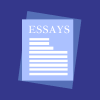


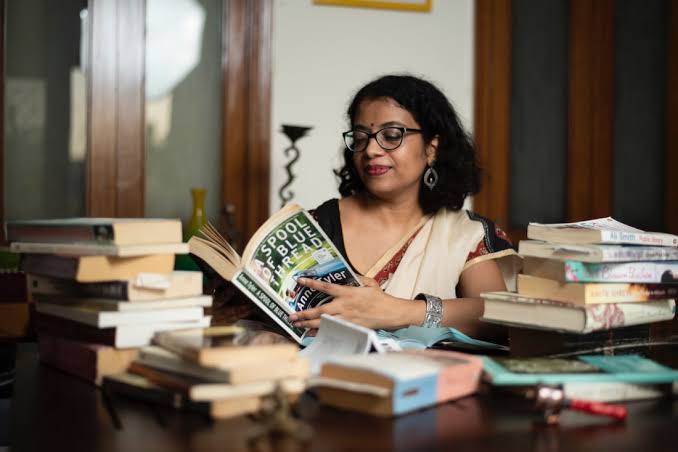




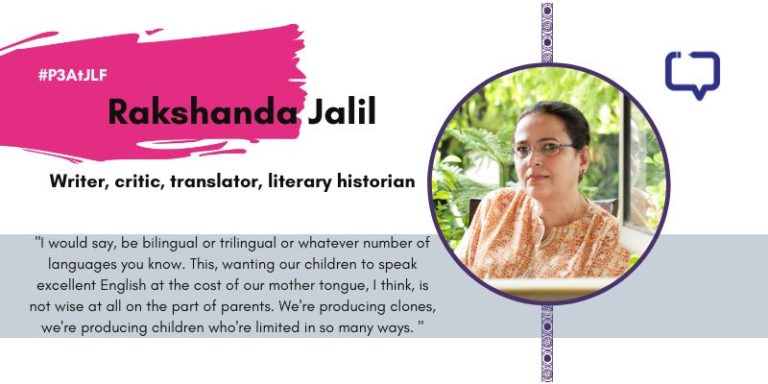



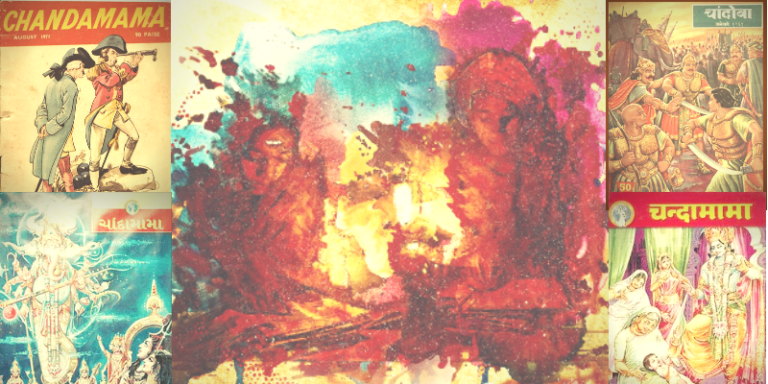

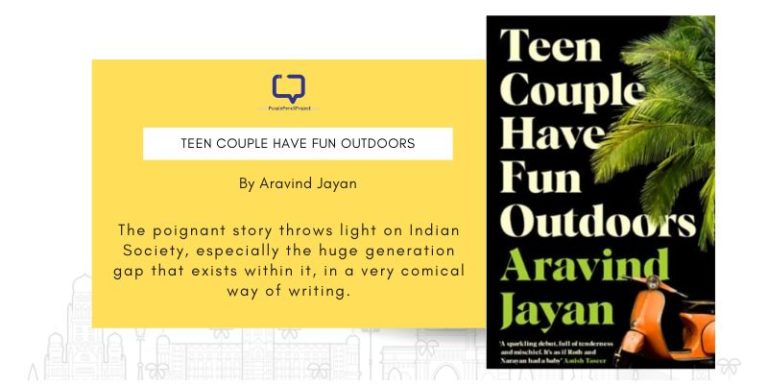



0 Responses
Brilliant review. Enjoyed reading it.